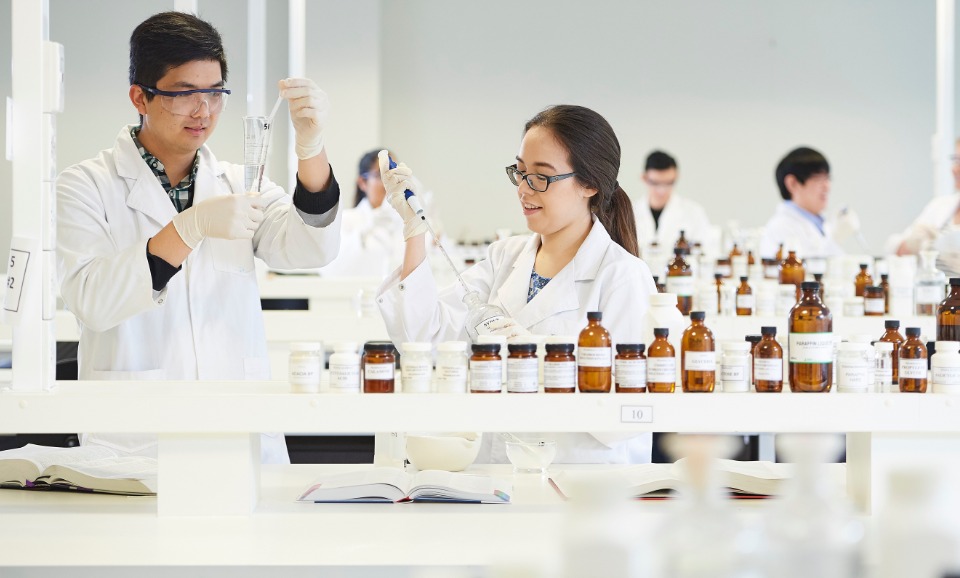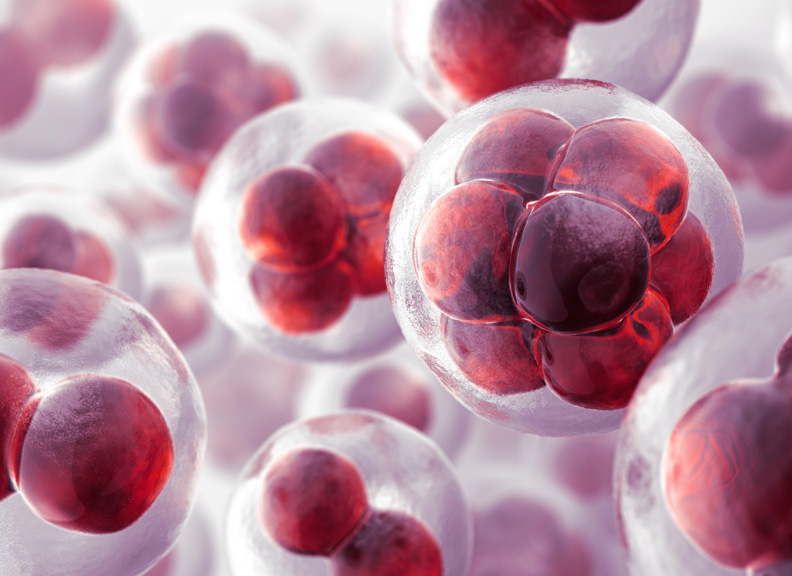
PROFILE
Associate Professor Jennifer Stone
Started at UWA: 2013
Improving breast cancer detection to save lives
The people and the possibilities motivate me to do what I do. I believe that surrounding yourself with the best people will produce the best results – and not just academics and clinicians, but everyday people from whom to listen and learn.Associate Professor Jennifer Stone
Associate Professor Jennifer Stone is an epidemiologist and internationally recognised breast density research expert. Dr Stone is a Senior Research Fellow at the Centre for Genetic Origins of Health and Disease at UWA, funded by the National Breast Cancer Foundation. Her research aims to support accumulating evidence for the clinical use of measures of breast density to improve breast cancer screening.
Most recently, A/Professor Stone has worked to establish her own research team at UWA, leading several nationally funded grants investigating novel measures of breast density in young women. Through this research, she is also working to build upon the knowledge and awareness of breast density in the general population, the impact of breast density notification in Western Australia, and breast density in Western Australian Aboriginal women.
A/Professor Stone is involved with several national and international projects investigating the genetic determinants of breast density as a strong and highly heritable intermediate phenotype for breast cancer risk.
A/Professor Stone guest lectures for the following units:
Received the Mavis Robertson Leadership Award, National Breast Cancer Foundation, 2017
Awarded the Government of Western Australia’s New Independent Researcher Infrastructure Support Prize, 2014
Received the Research Collaborative Award, UWA, 2014
News
Investigating breast density measurement and risk
For many women, the density of their breast tissue can impact on the ability of mammograms to detect tumours. Dense breast tissue is coming to light as one of the strongest predictors of breast cancer risk – on par with carrying a mutation in the BRCA1 and BRCA2 genes.
Read moreWomen should be told about their breast density when they have a mammogram
Women with higher breast density for their age are more likely to develop breast cancer. High breast density also makes it harder for doctors to detect breast cancer on a mammogram.
Read moreCould breast density be key to reducing risk of cancer
A UWA pilot study into breast density among young women is being launched by West Australian researchers in the hope of reducing cancer risk later in life.
Read moreFunding
Associate Professor Stone has received competitive research funding from Cancer Australia, Cancer Council WA, the Raine Medical Research Foundation, the National Breast Cancer Foundation, and the Royal Perth Hospital Medical Research Foundation. The details of recent grants can be found below.
2018
Department of Health
- BreastScreen WA Breast Density Survey
- Stone, J., Saunders, C. & Thompson, S.
2017 – 2020
National Breast Cancer Foundation
- Career Development Fellowship - Towards better breast screening for Australian women
- Stone, J.
2015 – 2016
Cancer Australia
- Mammographic density as a predictor of breast cancer risk and mortality in Western Australian Aboriginal women
- Saunders, C., Thompson, S., Wylie, L., Stone, J. & Redfern, A.
National Breast Cancer Foundation
- Pilot Study Grant - A Novel Method to Measure Breast Density in Young Women
- Stone, J. & Sampson, D.
2015
Royal Perth Hospital
- The Effects of Rapid Weight Loss on Mammographic Density a Strong Predictor of Breast Cancer Risk
- Stone, J., Hamdorf, J. & Saunders, C.
2014
Breast Cancer Research Centre WA
- Identifying Rare Genetic Variants Associated with Mammographic Density a Strong and Heritable Breast Cancer Risk Factor
- Stone, J.
2012 – 2015
National Breast Cancer Foundation
- Understanding Mammographic Density & Making it a Clinically Useful Predictor of Breast Cancer Risk
- Stone, J.
More grants and publications.
A/Professor Stone's latest projects
- Genetic variants for mammographic density
-
Mammographic density (MD) is the term used to describe the density of tissue within the breast, with epithelial and stromal tissue making up the dense tissue, as compared to less-dense fatty tissue.
MD can be used to predict breast cancer risk, and women who have high MD are four to six times more likely to get breast cancer than of the same age who have little or no MD.
We are researching mammographic density to identify novel genetic variants associated with breast cancer risk, to increase understanding of the biological pathways involved in the development of breast cancer.
This research can be used to identify which women are at high risk of developing breast cancer, and by comparing thousands of mammographic images, we are creating a detailed database of high-risk family information.
This data will lead to increased understanding of the causes of breast cancer, improved disease prediction and, since mammographic density is a modifiable risk factor, targeted prevention.
- Breast density in Western Australian Aboriginal women
-
Not much research has been done to better understand breast density in Aboriginal and Torres Strait Islander women and its associated breast cancer risk and mortality.
We are studying these ethnicities, and various socio-economic statuses and remoteness of residence, to assist in identifying groups of women at a higher disease risk.
Through our research, we will uncover whether the distribution of breast density in Western Australian Aboriginal women is different to non-Aboriginal women of the same age and from the same area.
Through resources provided by BreastScreen WA and linked cancer and mortality data via the department of Health WA, the study will determine whether breast density could be used in a screening setting to identify and target groups of women at higher (or lower) risk. This has the potential to improve screening options for women all over Western Australia.
- Measuring breast density in younger women
-
The higher the breast density, the more at risk you are of developing breast cancer, and so reducing breast density could reduce breast cancer risk.
By monitoring younger women and their breast density, we can look at the change in their breast tissue over time, prior to the recommended mammographic screening (which is currently 50), to not only detect breast cancer but to prevent it from developing.
We are piloting the use of a Transillumination Breast Spectroscopy (TiBS), which can be used to measure breast density through infrared light. This method is quick, safe and pain-free.
Through the use of the TiBS tool, we are developing a standardised breast density score which could be used to further understand breast density in younger Australian women.
Following further testing, TiBS could be used as a clinical tool to assist in identifying breast cancer, or those at high risk of developing breast cancer, in younger women aged 18-40.
- Breast Density Survey
-
Through this project we are assessing knowledge and awareness of breast density throughout Western Australia and increasing the awareness of the link between breast density and cancer.
Researchers found the link between breast density and cancer years ago, and yet not many people have a knowledge of this information.
Through a consumer consultation program, we are uncovering current knowledge about breast density and finding the best way to allow women to make an informed breast health decision.
All women who have attended BreastScreen WA since 17 December 2017, excluding those who have been recalled for further assessment, have been invited via email to complete the Breast Density Survey.
This study will be the largest and most comprehensive investigation so far completed on the impact of informing breast screening participants that they have dense breasts.
Findings from the survey will give us the basis for BreastScreen programs to report measures of breast density to future participants.




































